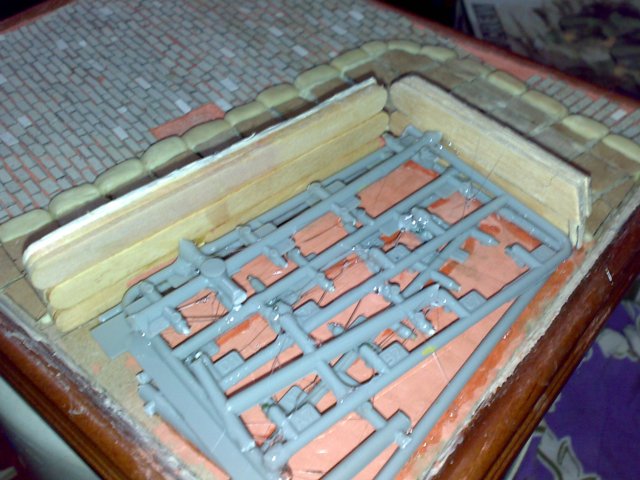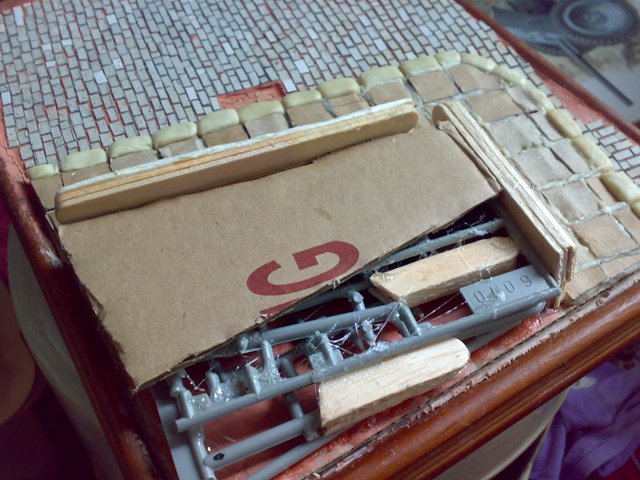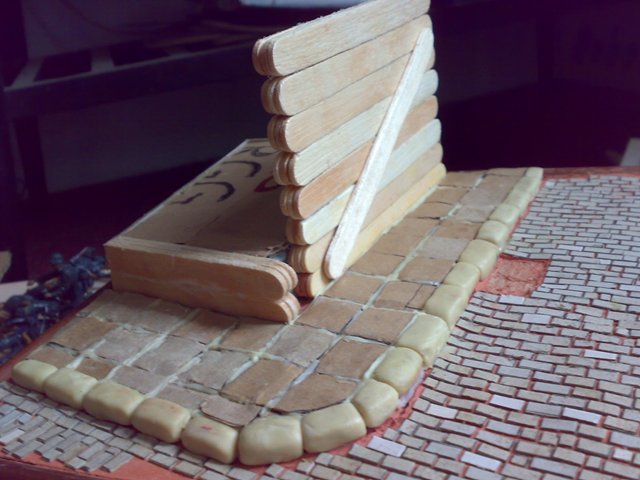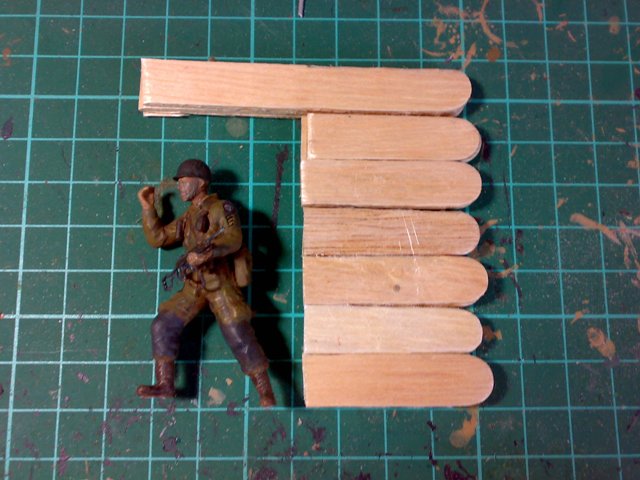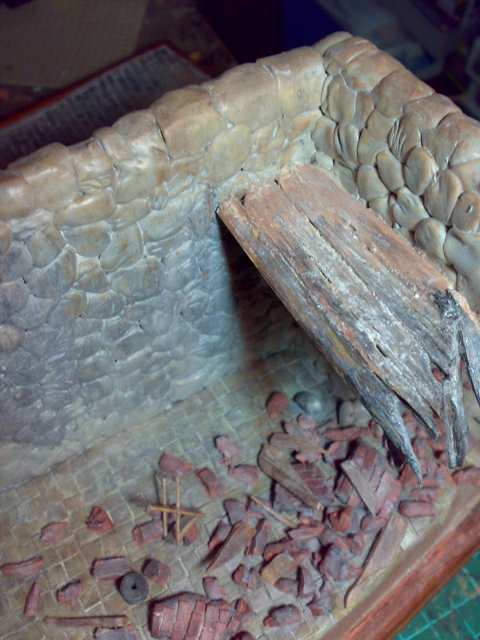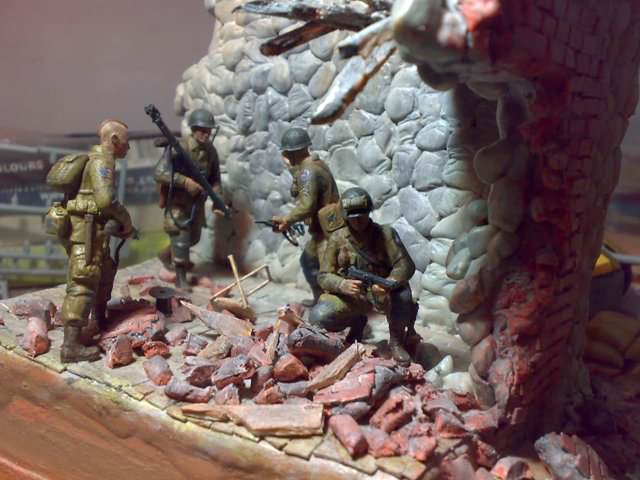 . But, later I think such log will be useful for anyone of you that decide to start how to build a simple diorama especially by using scrap materials, even not at all, in order to be a go-green modeller. I really proud of this
. But, later I think such log will be useful for anyone of you that decide to start how to build a simple diorama especially by using scrap materials, even not at all, in order to be a go-green modeller. I really proud of this  .
.Ok, not much to be saying, just take a look and do not hesitate to submit your constructive comments, also any questions as long as I able to answer that related to this topic

Best regards

Garry

I bought a simple wooden photo frame which its' size considerately fit into my diorama plan. In 2009, such frame cost at IDR 30.000 or equivalent with US$ 3,30 and FYI, such amount equals for about 2x complete meal in one day at our capital city, Jakarta


A 'surgery' began on the frame by removing its' back cover, standing platform, instruction sheet, and any unneeded materials. Rather than to put them out into trash, I had to keep it for unexpected use in the future

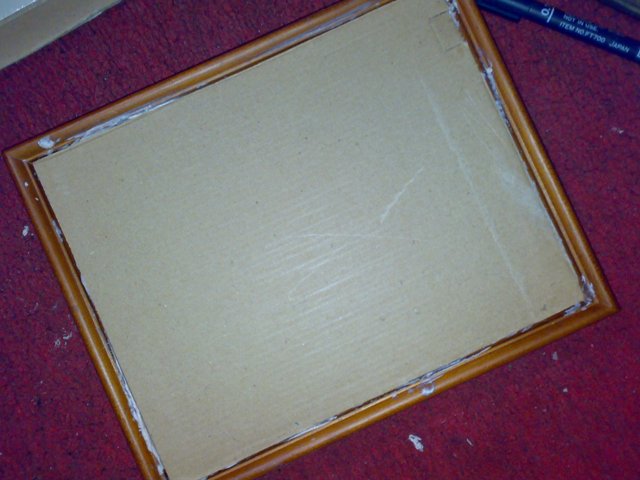

Those pictures shown my action when fill the base with basic cover, replacing its' original standing platform with ex-used carton sheets from mineral water packages. That's what I mean with go-green!

After that, I seal such carton using an adhesive stuff, Bostik (following suggestion from our fellow Indonesian modeller, Mr. Wawan "Der Fuhrer") from local hardware store, so it became more solid for next phase of construction.

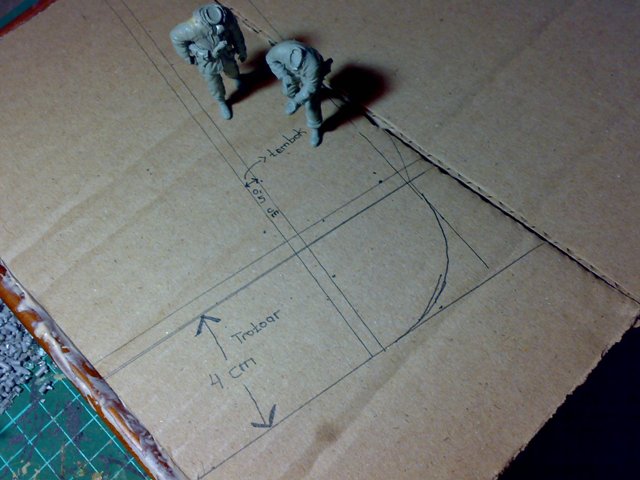

Meanwhile, I start to made a rough sketch on a thin carton, again, cut it out, glued it above the Bostik-sealed carton, add any other needed sketches, such as paveway design, and test it with the 1/35 figure simultaneously to made sure that I'm already in the right path in size and condition

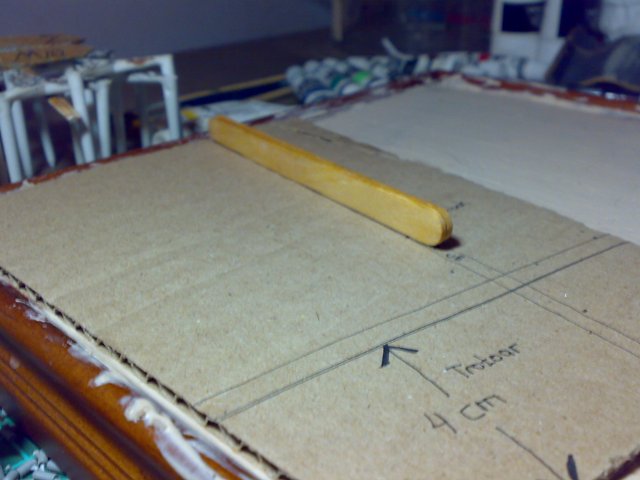
The picture shows how I start the construction of the building, which the wall material were designed from ex-used wooden ice cream sticks as its' building blocks. Another step for being go-green!




After that, I designed for the road construction and decided to made them as rectangled-cobblestones. Rather than to manually scribed, I prefer to made them one by one
 following the foot size of 1/35 scale figure. Once finished, I glued them on the brown-pink surface made from dried modelling clay from DAS (following Armorama's build story of Mr. Pedro Machado's diorama entitled "Retreat in Normandy".
following the foot size of 1/35 scale figure. Once finished, I glued them on the brown-pink surface made from dried modelling clay from DAS (following Armorama's build story of Mr. Pedro Machado's diorama entitled "Retreat in Normandy".I do such steps, because I still have no adequate scribing tools
 and I think they may naturally appear in shape following technique adopted from another fellow Indonesian modeller, Mr. Windy Soemara
and I think they may naturally appear in shape following technique adopted from another fellow Indonesian modeller, Mr. Windy Soemara 
I will continue write this topic since I have to sleep earlier, if I can
 , for certain planned business tomorrow. Oh my God, lot of great movies tonight and I have to choose, get sleep or keep my eyes turn on such movies!
, for certain planned business tomorrow. Oh my God, lot of great movies tonight and I have to choose, get sleep or keep my eyes turn on such movies! 

Have fun guys!

Cheers,
Garry










